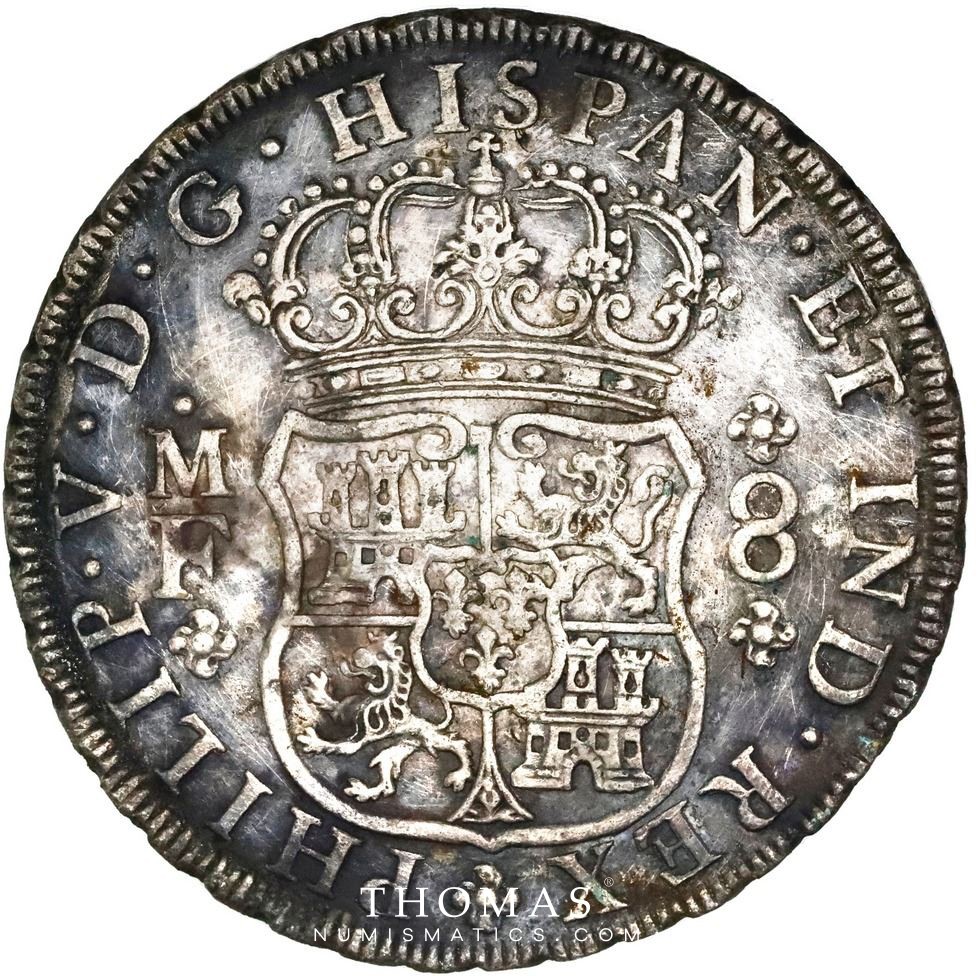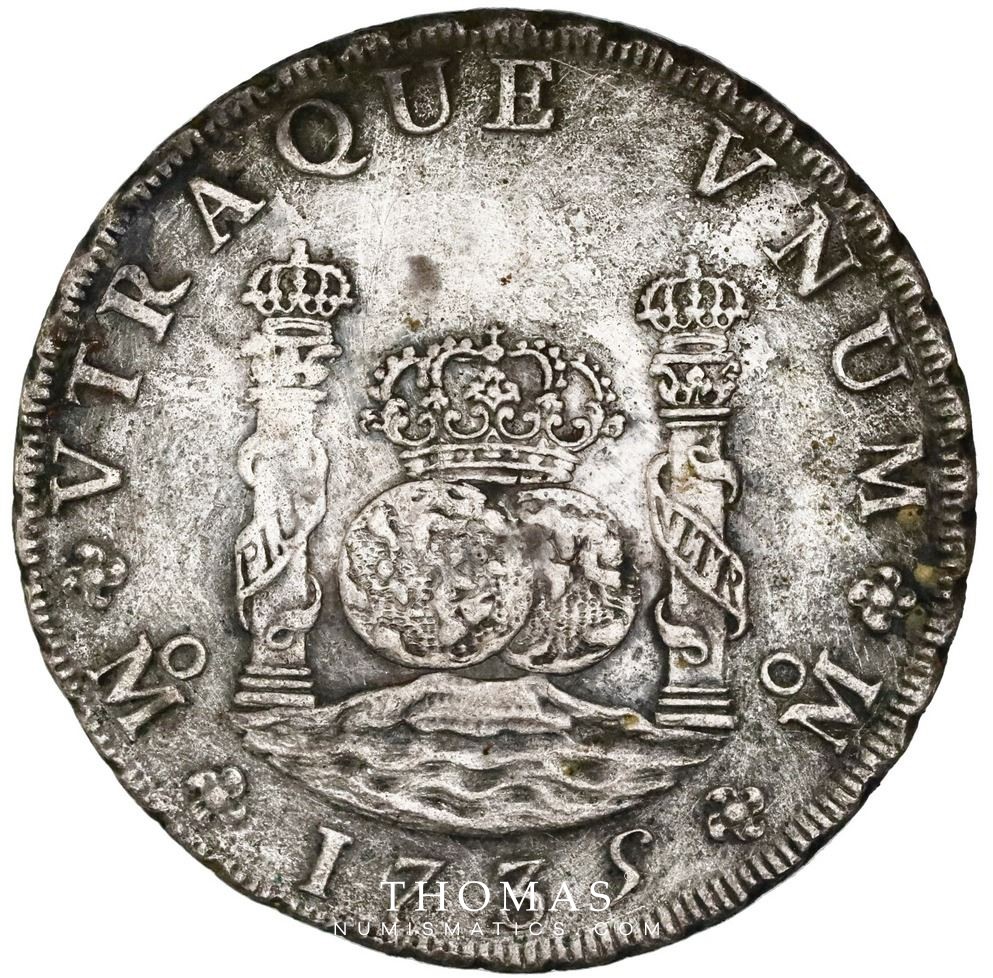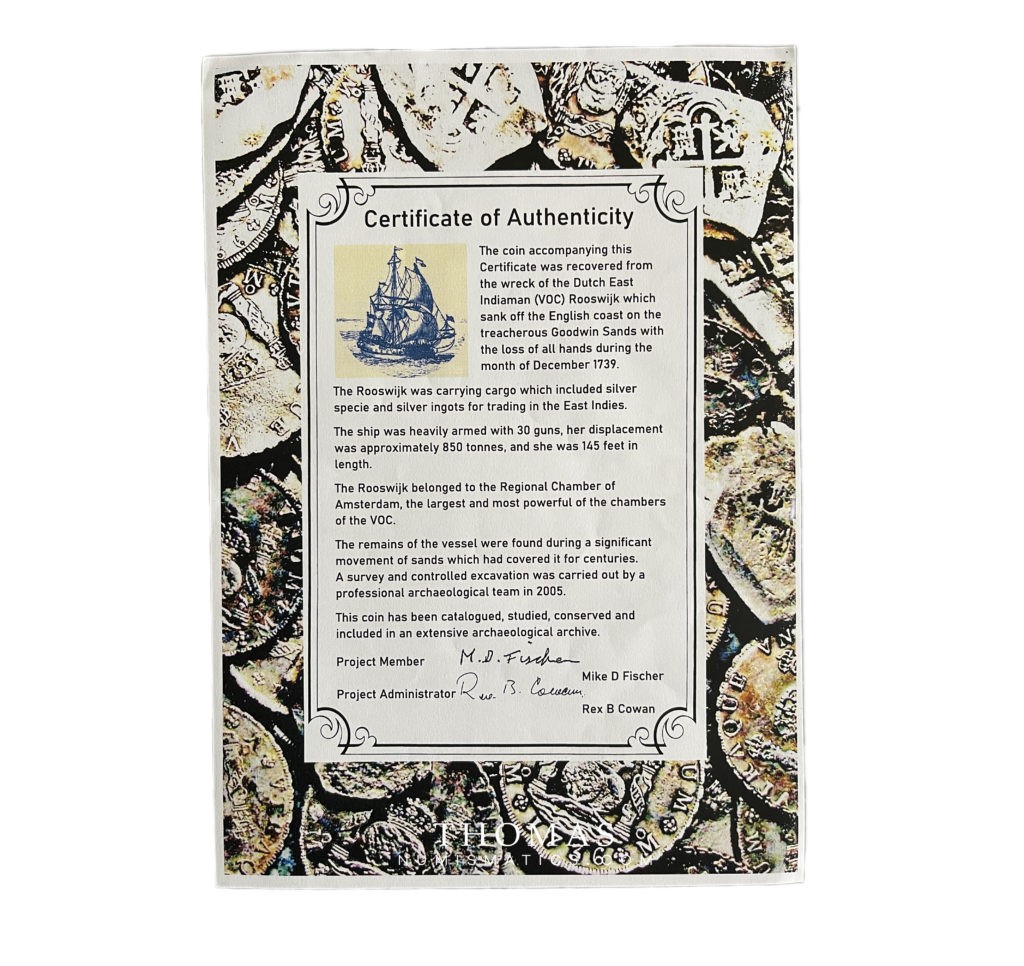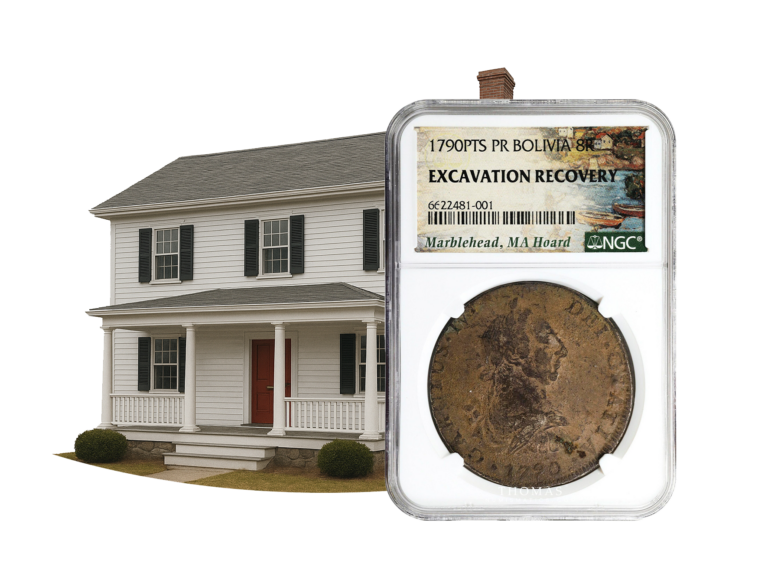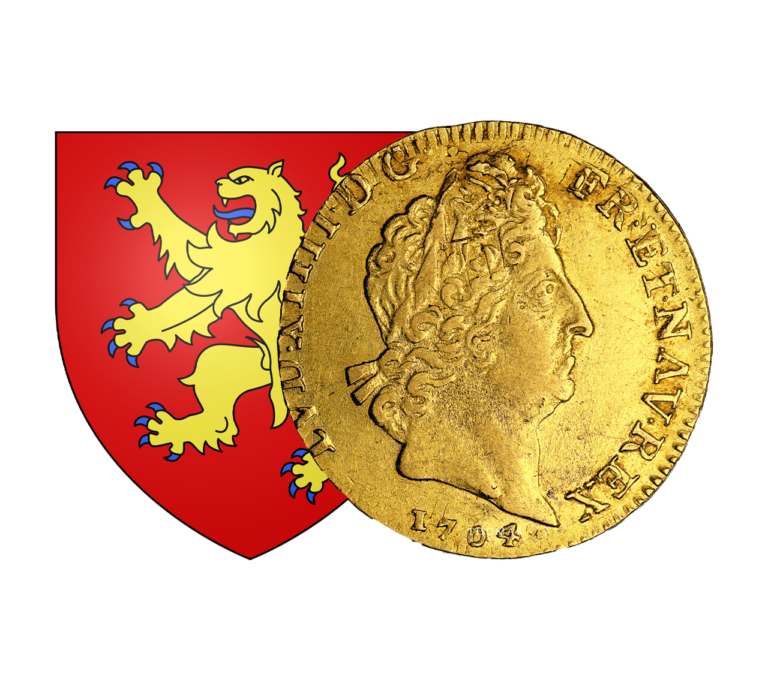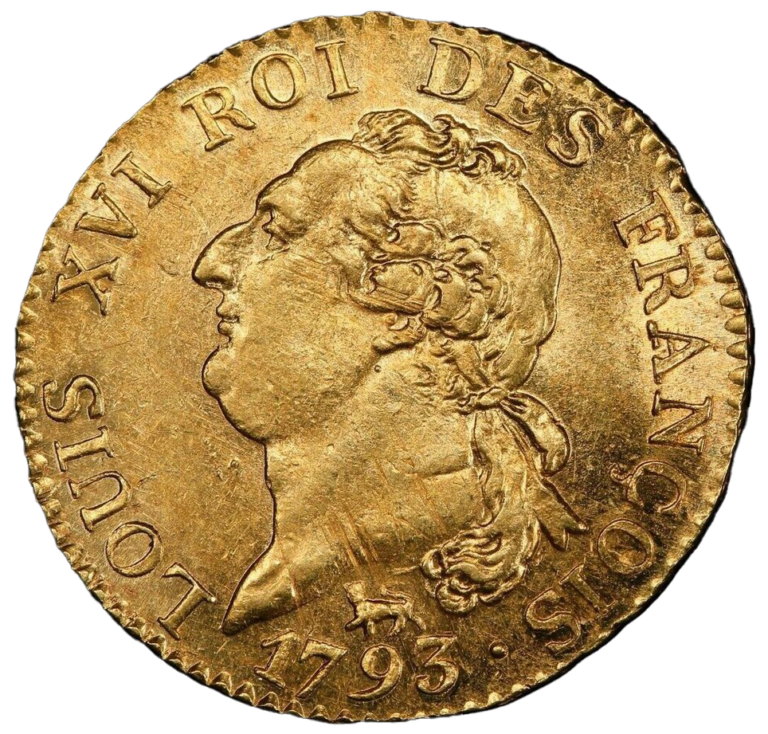
Discover all the news and articles from TNUMIS Magazine exclusively
The sinking of the Rooswijk
The Rooswijk was a ship belonging to the Dutch East India Company (VOC) that sank in 1739 in the southeast of England, north of the Strait of Dover. It was carrying a cargo of large coins in its hold, destined for trade with Asia. The wreck was found by chance in 2004 and continues to be explored today by archaeologists in search of the Rooswijk treasure.
The sinking of the Rooswijk
Off the southern tip of England, the sea hides an unusual feature known as the Goodwin Sands. Sandbanks appear and disappear unpredictably and move with the tides. Over the centuries, many ships have sunk and been wrecked there.
This was what happened to the Rooswijk, a ship built in 1737 that started its second trip in 1739 from Texel (in the Netherlands) to Batavia, now Jakarta. On December 19, 1739, it faced a storm that left no survivors. 237 crew members, an unknown number of passengers and many chests full of coins sank to the bottom of the water.
A few weeks later, in January, a chest full of letters and the crew’s personal effects washed ashore. The English government realized that the ship had sunk to the bottom of the ocean off the coast of Kent. These letters turned out to be the last words written before the Rooswijk sank.
Bad weather prevented any rescue attempt until spring. When the conditions were finally right, there was no trace of the wreck. The remains of the Rooswijk were lost among the thousands of ships in this archaeological graveyard.
The discovery of the wreck of the Rooswijk
It was only years later, in December 2004, that the sands that had swallowed the wreck of the Rooswijk separated and allowed amateur diver Ken Welling to find the treasure of the Rooswijk. Operating in secrecy to avoid attracting looters, the rescue was made public in 2005. Organized by the Dutch and British governments, the scientific expedition was led by Rex Cowan.
Part of the Rooswijk treasure was recovered. In the 18th century, the maritime trade between Asian trading posts and Europe was fruitful. Precious metal was in high demand and traded for spices and Asian porcelain. The value of the known cargo of the Rooswijk was estimated at more than 300,000 guilders.
The cargo was primarily in the form of silver ingots and “coins of eight,” Mexican reales from the 1720s and 1730s. However, archaeologists have discovered many other older coins at the wreck site, such as Dutch ducatons that were not part of the official cargo. These coins are mostly pierced with small holes. They were sewn into the clothing of passengers and crew to smuggle them to the Dutch East Indies.
Smuggling silver was officially prohibited by the Dutch East India Company (VOC), although it appears to have been a common practice for many VOC personnel. Silver was worth far more in the East Indies than in the Netherlands. It is believed that half of the Rooswijk treasure was illegal money.
The Rooswijk treasure rescue operations
The 2005 salvage operation drew criticism from heritage organizations around the world because some of the international principles regarding the protection of archaeological heritage were ignored. In 2007, the Rooswijk was designated a protected wreck site under British law, preventing any possibility of salvage.
Only in 2016, the wreck was endangered and entered England’s Heritage at Risk register due to persistent erosion, wood-attacking shipworms and unauthorized diving. The Dutch government and Historic England conclude that research is essential. The 2017 and 2018 #Rooswijk1740 project is launched. It is led by the Dutch Cultural Heritage Agency, in collaboration with Historic England and contractor MSDS Marine.
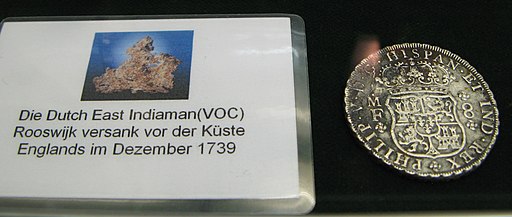
Dutch and British archaeologists were documenting large areas of the wreck. This was the first time a Dutch East India Company wreck had been scientifically studied on this scale. The team recovered a wide range of artifacts, from large sailors’ chests, barrels and crates, jugs, pewter spoons, glass bottles, richly carved knife handles, and personal items such as shoes and combs.
The artifacts were then recorded, cleaned, analyzed in England and sent to the Netherlands for conservation. Some of the artifacts are on display in Ramsgate, on the English coast.
Bones were also recovered from the wreck. Dutch genealogists conducted new research based on archives and were able to identify 19 crew members. Previously, only the name of the captain was known: Daniël Ronzieres. Gerrit Hendrik Huffelman was a senior surgeon who had traveled east several times, Thomas Huijdekoper, a 19-year-old, who was on his first and last VOC voyage and Pieter Calmer, a sailor who had previously survived the sinking of the Westerwijk at the Cape of Good Hope.
Martijn Manders, the project manager of #Rooswijk1740, said, “The Rooswijk is special because it speaks of the ordinary people of the time, but also of trade relations and connections between cultures around the world.” The excavation of the Rooswijk treasure provides a deeper understanding of the history of trade in the 18th century.
Sources :
Article Maxisciences
The Guardian
Forum Numista
World Archeology
National Geographic
